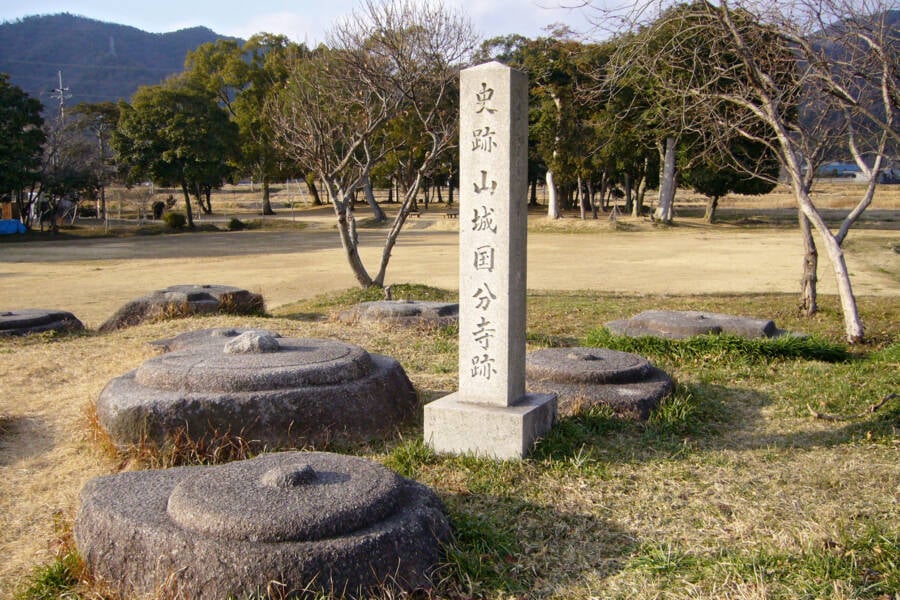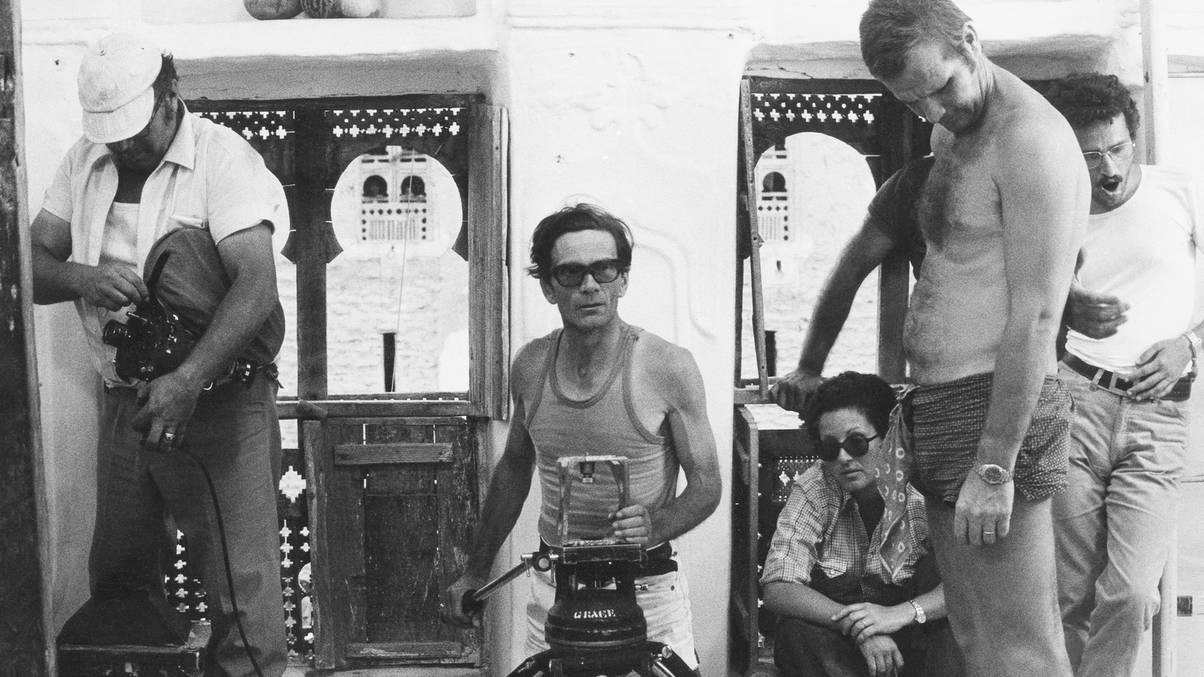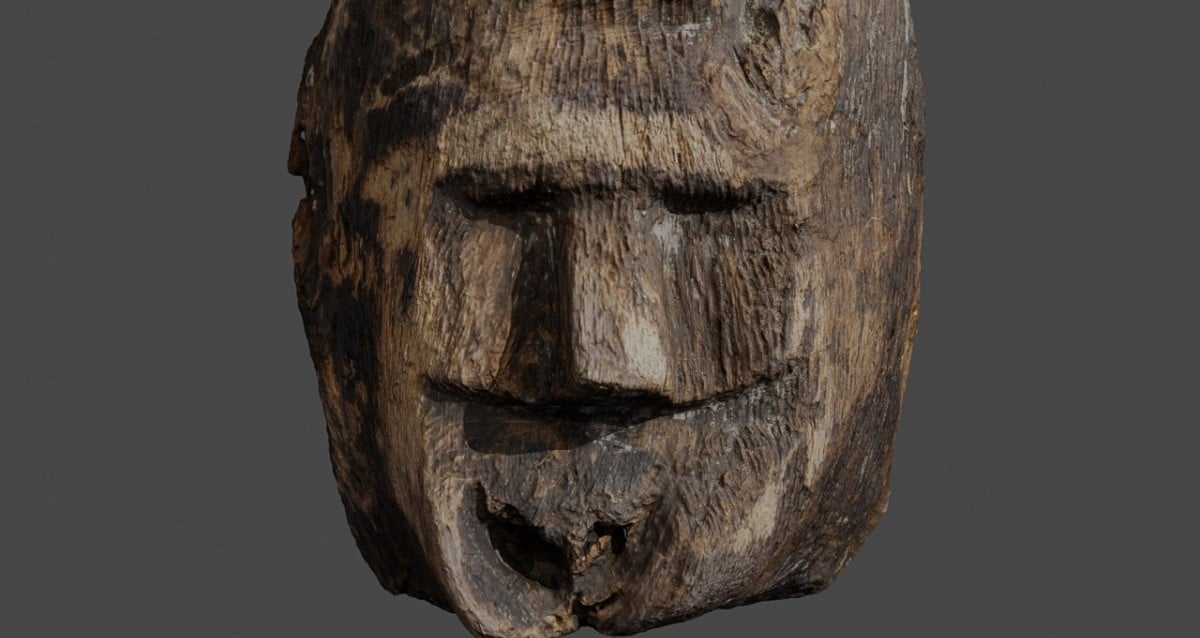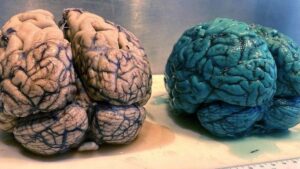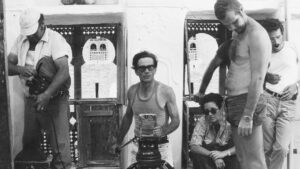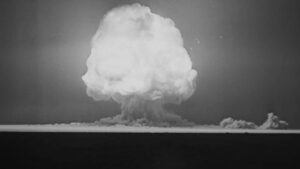“Ancient Secrets Unveiled: Archaeologists Unearth a 1,300-Year-Old Cafeteria Hidden Within Japan’s Sacred Buddhist Ruins!”
Archaeologists Discover Mysterious Ruins At A Buddhist Temple
On Feb. 4, 2025, the Kyoto Prefectural Board of Education announced the discovery of a cafeteria among the ruins of Yamashiro Kokubunji temple in Kizugawa, Kyoto Prefecture.
The temple, which dates back to the Nara Period (710 to 794 C.E.), was constructed by Emperor Shomu as an imperial palace that featured structures like a pagoda and a large hall. The emperor had it built when he moved the Japanese capital from Heijō-kyō, but it wasn’t completed before he changed the location of the capital once again. When the ruler left the city, the palace was transformed into a Buddhist temple.
Today, only ruins remain. However, researchers have regularly excavated the site to study artifacts from its time as both an imperial palace and a temple.
During a recent dig, they uncovered a previously unknown structure — and they believe it’s a cafeteria that once served as a food preparation and dining area for the temple’s monks.
Uncovering Yamashiro Kokubunji Temple’s Cafeteria
While examining the temple’s northeastern grounds, researchers noticed large foundation stones, each measuring about 27 inches long, placed alongside depressions in the ground. Further excavations revealed that the stones had served as the building blocks for a large structure that stretched 30 feet by 125 feet. The remains of eight pillars were also found at the site.
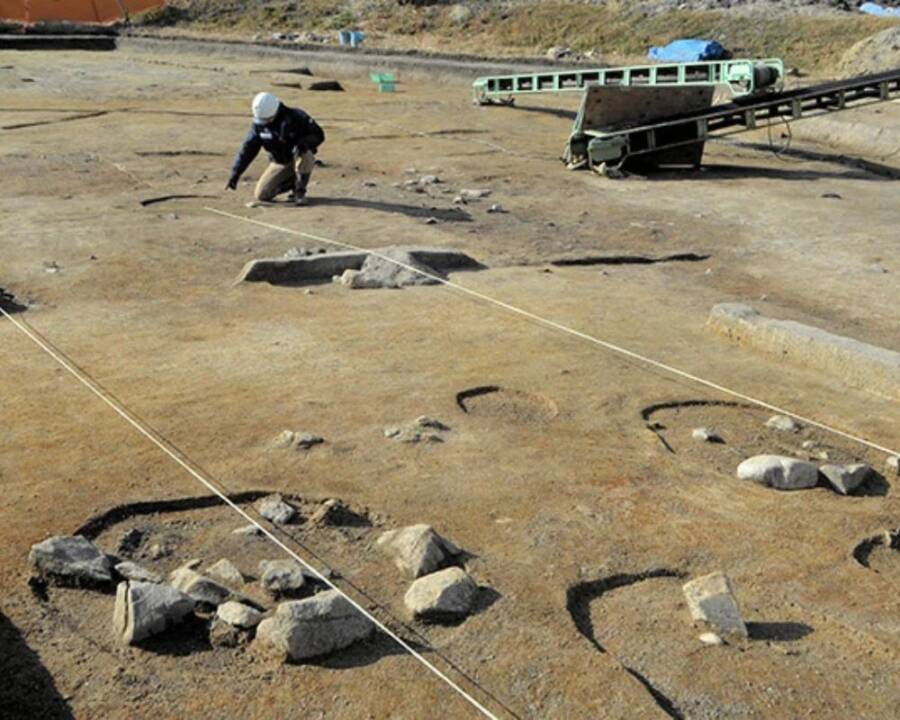
Kenji ShimizuExcavations revealed several foundation stones and the remains of eight pillars where the cafeteria once stood.
Previous excavations had unearthed another hall nearby, and researchers compared this layout to the designs of other temples from the Nara Period to determine that the newly discovered structure had likely been a cafeteria. One of the buildings may have been used for food preparation or as a warehouse, while the other served as a dining hall where the monks ate their meals.
